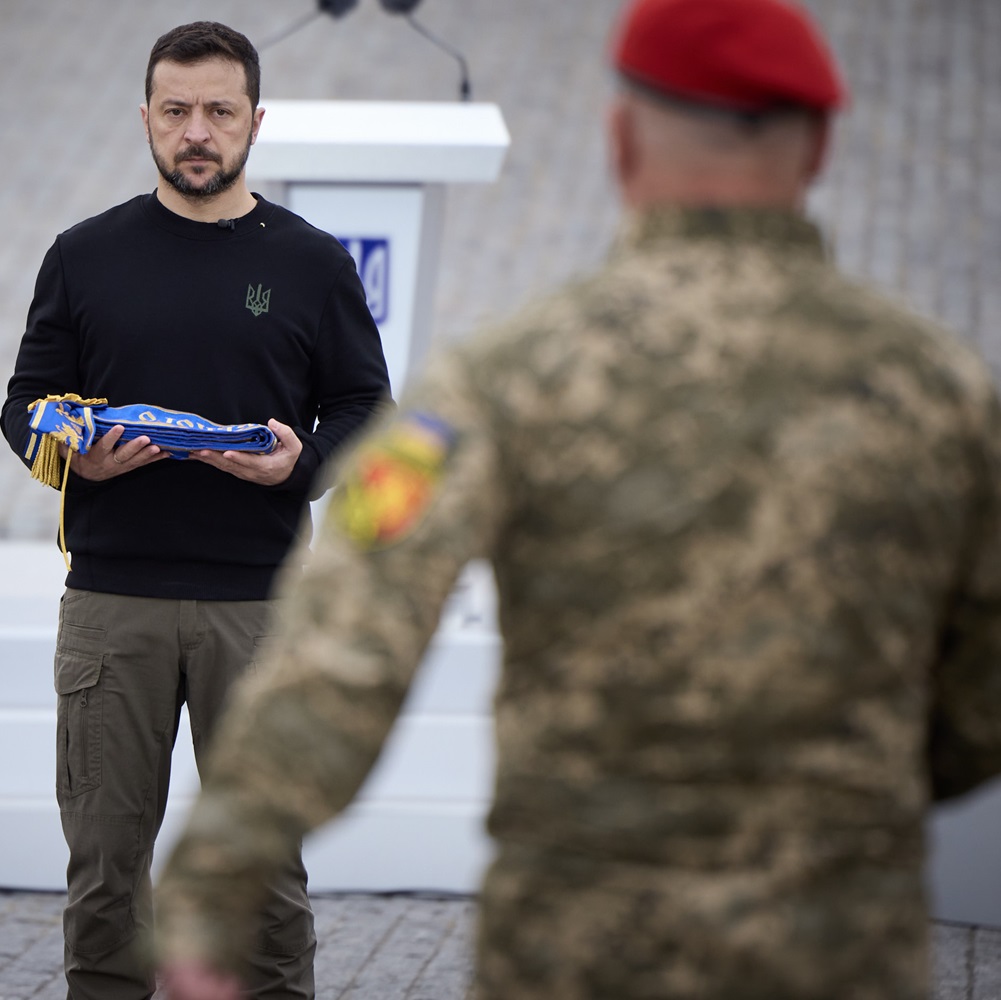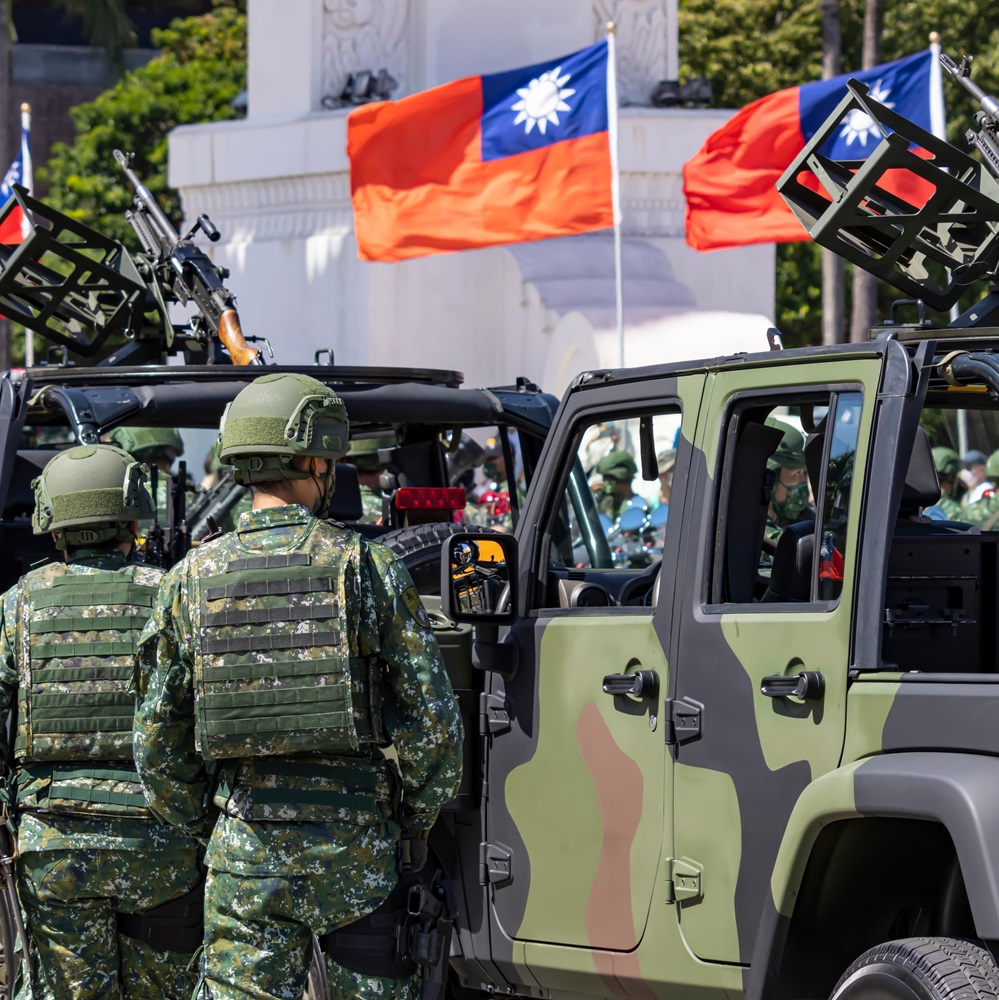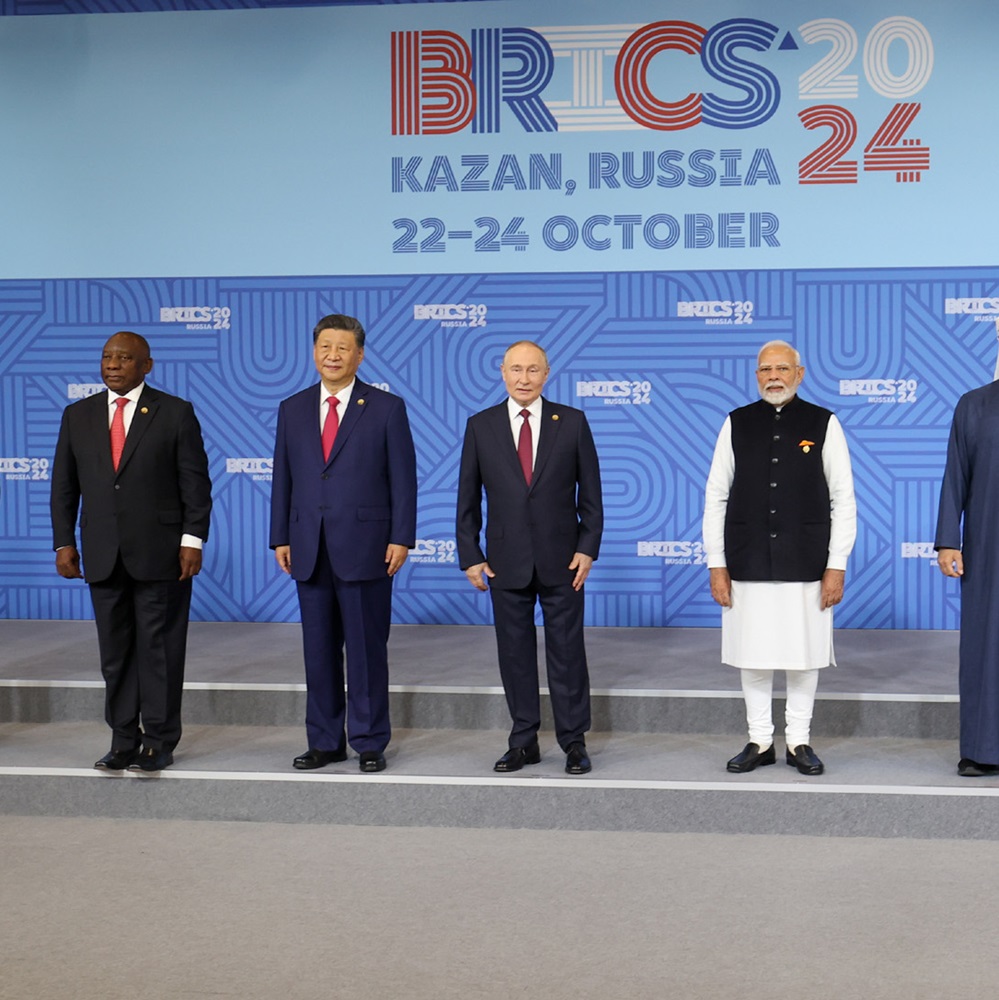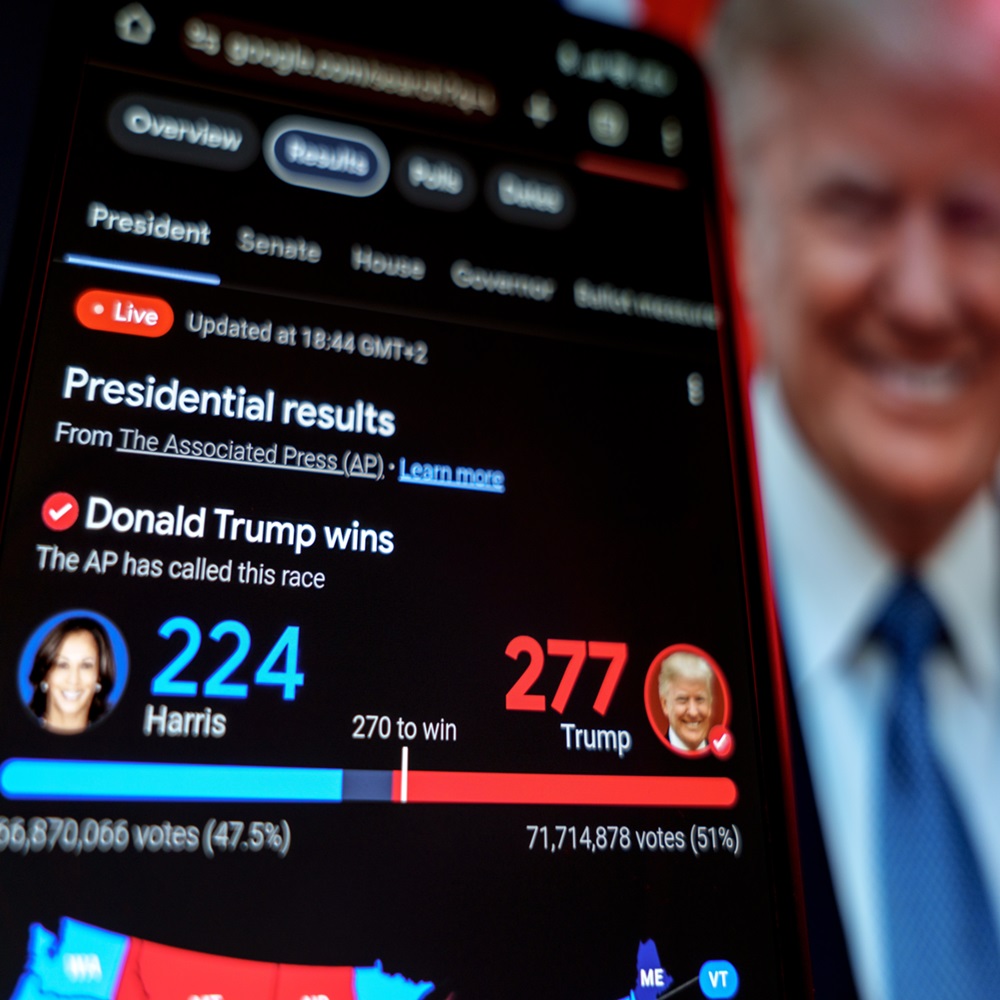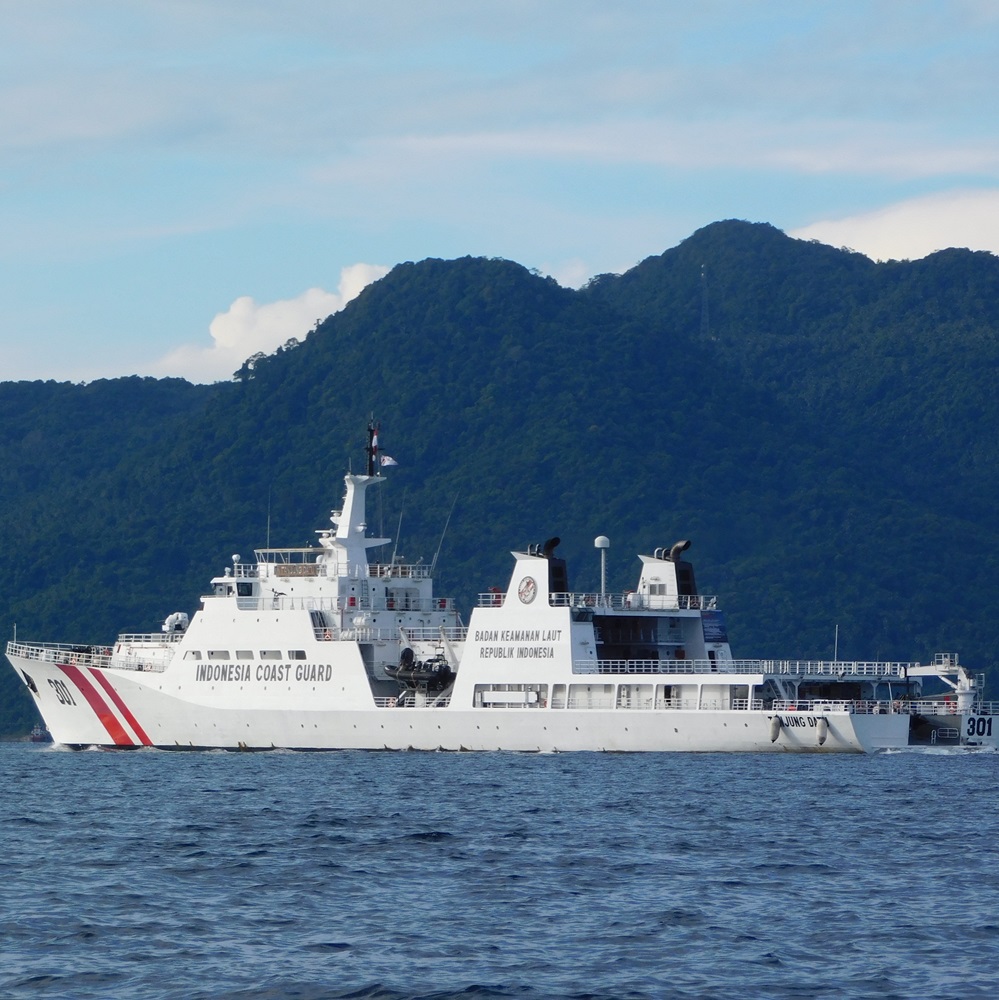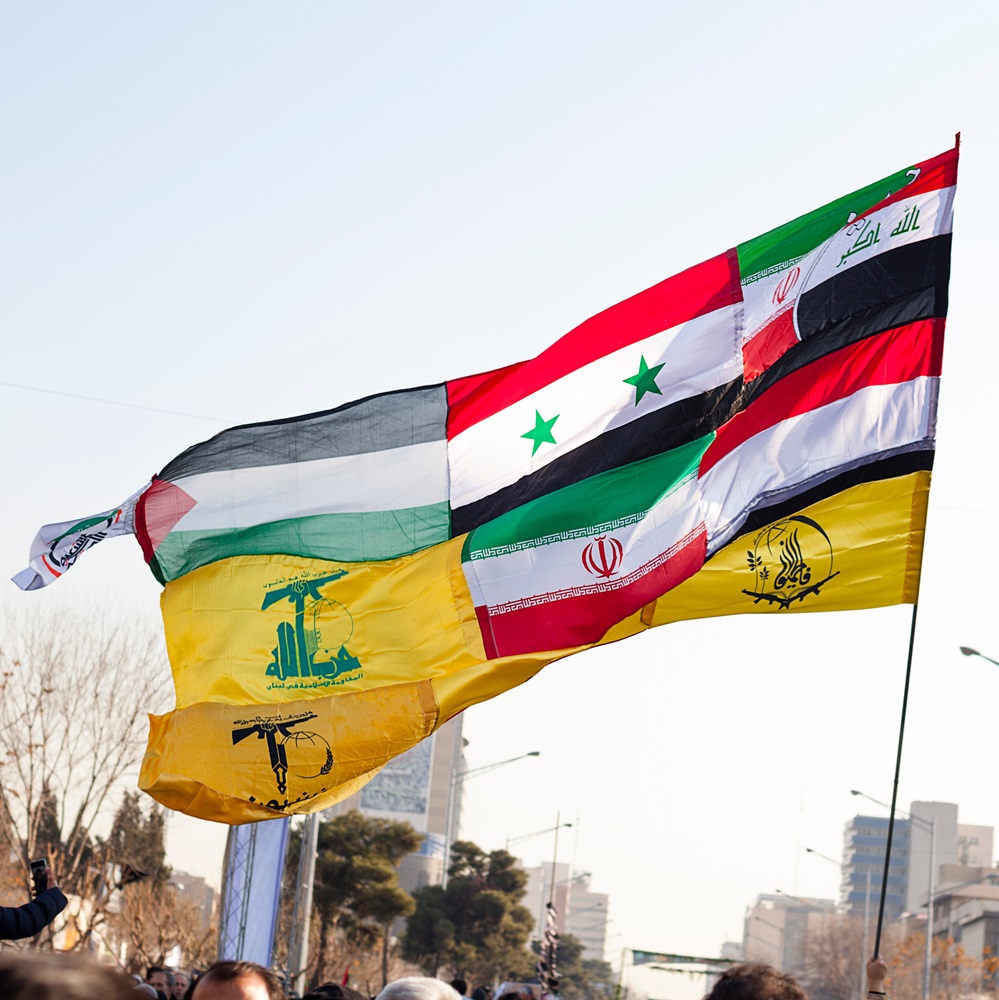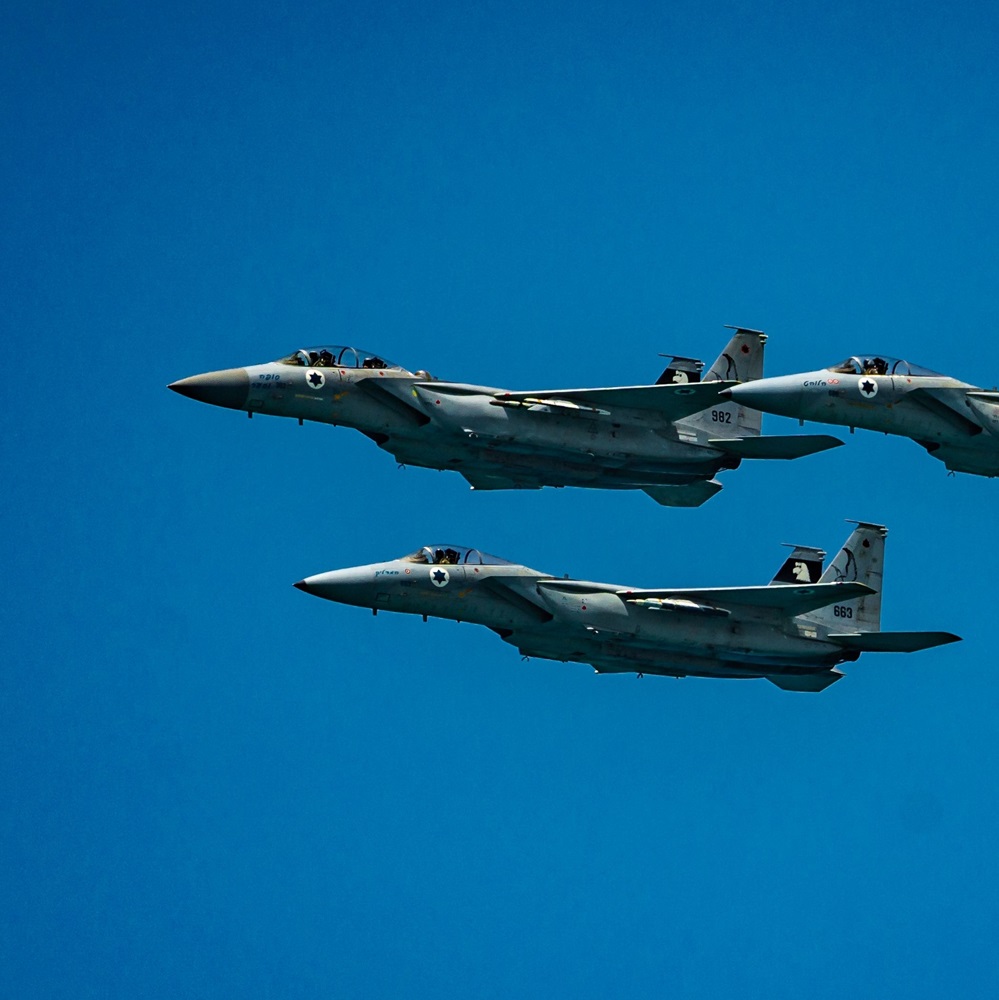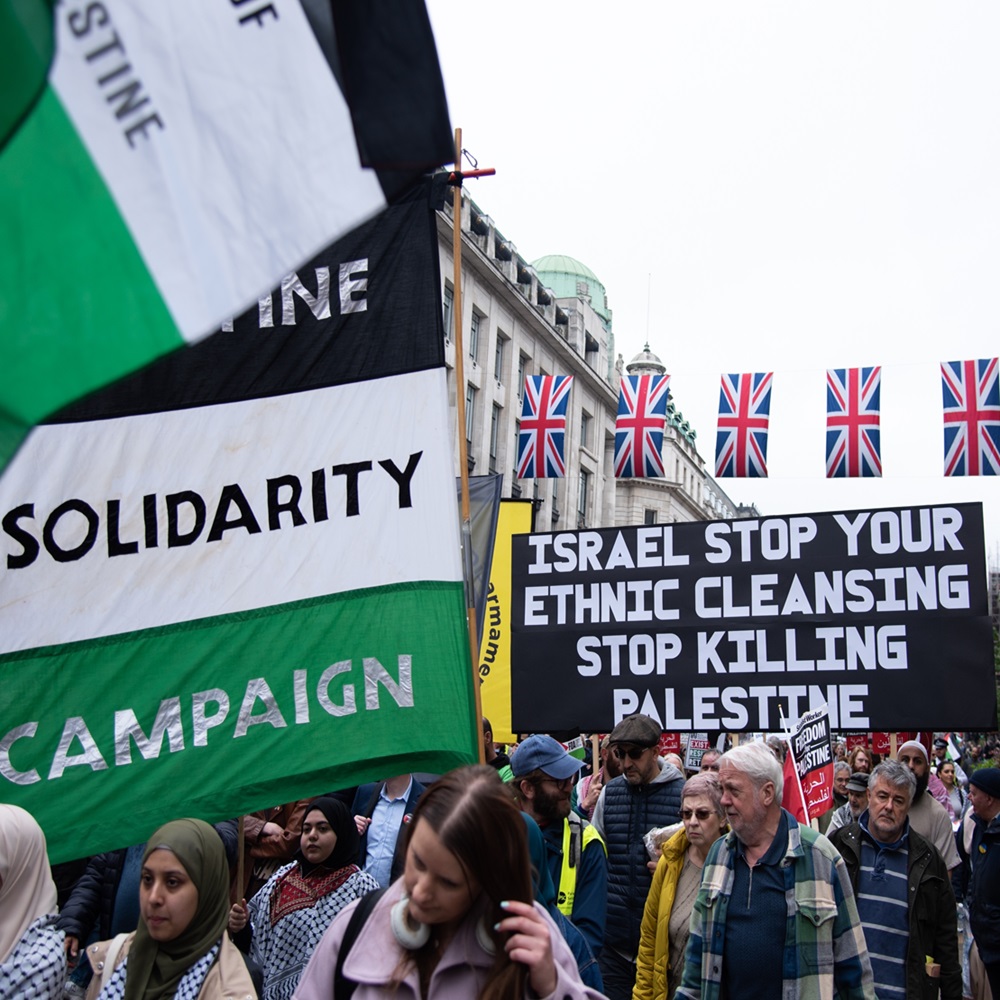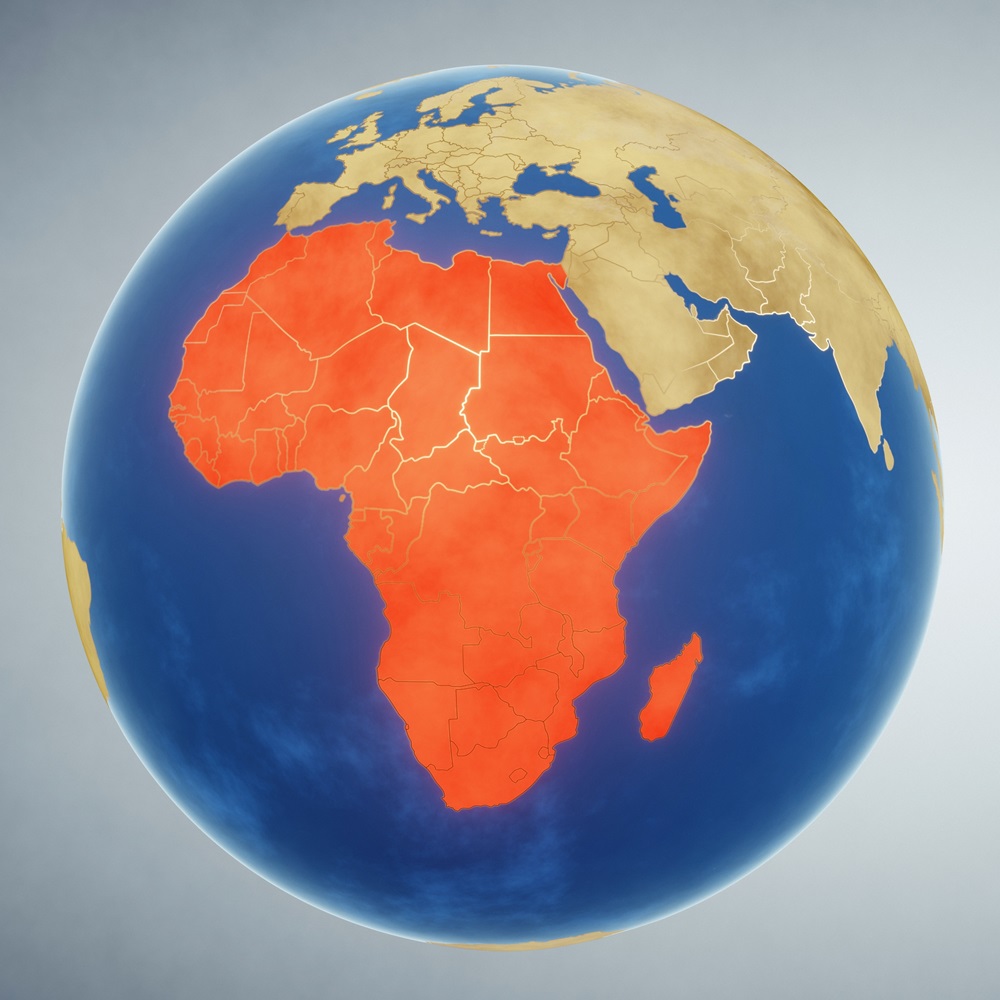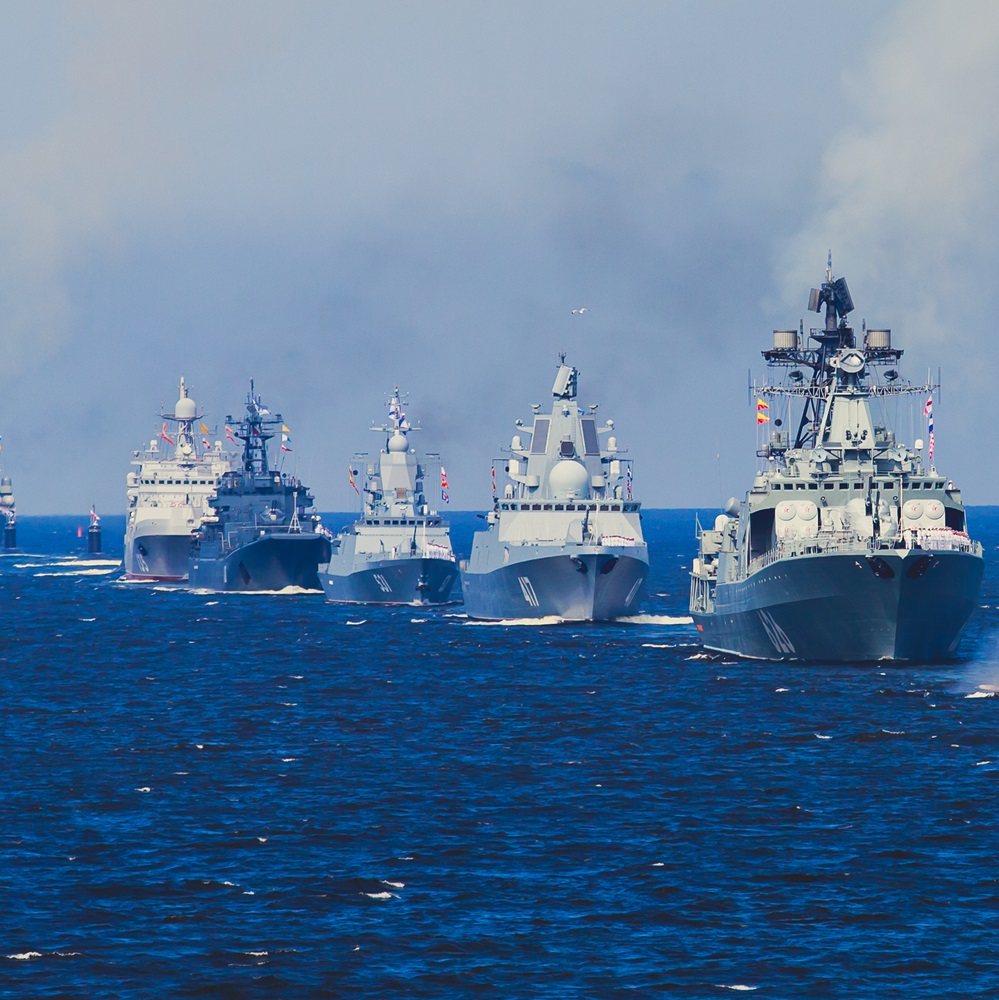
Shifting Tides: NATO's Evolving Strategy and the Rising Security Challenges in the Baltic Sea
by Pablo Villar Bolaños
한국어로 읽기 Leer en español In Deutsch lesen Gap اقرأ بالعربية Lire en français Читать на русском Few maritime security environments across the globe have consistently shown a degree of tension and volatility akin to the Baltic Sea scenario. Having established the deterrence of Russia's ambitions as an emphasis of European defence, the increase in military investments within the region, as well as the political realignments across the Baltic shore after the invasion of Ukraine show that the security assessment has radically changed in the last few months. The current deployment of NATO and Russian Federation forces in this region, along with the Alliance's geopolitical developments, provides a valuable perspective for analysing defence planning and assessing present and future vulnerabilities and areas of risk. The Baltic security architecture, and its continuous updates and transitions, justifies an integrative reading into the key aspects of the present security challenges in the area. A new arena for security in the Baltic Unbeknownst to many, the security environment along the Baltic is one of the most potentially volatile maritime areas in the world. Recent developments, especially the inclusion of Finland and Sweden into NATO, have resulted in a surge of military and intelligence-gathering activities, as well as grey zone operations by both NATO and Russia across those shores. A central idea in any present assessment of this location is the significant shift in the last decades on many critical aspects. For one, the political geography has been radically altered. In 1990, Germany and Denmark were the sole NATO members in the whole region. To say the security strategy lacked some alignment would be an understatement. Even after the fall of the Iron Curtain, key security partners such as Germany and Poland were diametrically opposed in their security approach to Russia. The German foreign policy, for years, engaged the Russian political sectors, as well as the society at large by developing close economic and political links. Energy cooperation, namely, became a staple of Berlin’s policies [1]. In stark contrast, Poland adopted a cautious and often adversarial stance toward Russia, influenced by historical conflicts and concerns over regional security. Additionally, aware of the risks of relying on Russian energy, Poland invested in alternative sources, such as the Liquefied Natural Gas (LNG) terminal in Świnoujście and pursued the Baltic Pipe project to import natural gas from Norway via Denmark [2]. Following the overall international consensus, the change of posture vis à vis Russia after 2022 has helped to align the strategies of the European countries on the Baltic, and has given an unprecedented impetus to security cooperation and the strengthening of political and military ties in the region. Sweden and Finland's decision to abandon their decades-long, semi-neutral stance signifies that not only Germany, but the entire European continent, now acknowledges Russia's aggressive posture in the Baltic region. NATO membership was pursued, and the EU Common Security and Defence Policy began to tilt to other scenarios, such as the Baltic Sea, which may have been overlooked in previous analysis. The shift of the security policy in Europe, as some experts have called, has had a “shift to the East” [3]. Key Aspects and Challenges Even if other policymakers are catching up only now with the crucial importance of this region for Moscow, the Baltic states are much more familiar with the nature of the Russian ambitions, the realities of hybrid warfare, and the crucial attention paid to the maritime routes by Russia’s economy and military. It holds primordial outlets for oil & gas, as well as consumer goods, offered by the harbours of Primorsk or St. Petersburg; perhaps even more critically, it is also home to the exclave of Kaliningrad, the base of the Russian Baltic Fleet and to its nuclear arsenal [4]. With border tensions with Poland and Lithuania growing every month, the fierce Russian intent of defending the freedom of passage to Kaliningrad is, perhaps, the most overt exemplification of Moscow’s grapple for control of the Baltic. The geography of the Baltic could be serving Russian interests, as some experts claim. Actions not too dissimilar from a limited show of force, or mere military exercises over “token pieces of territory, such as an island in the Gulf of Finland, or an unpopulated area just across the border from Russia”, could very well be instrumentalized to divide the public opinion on the strategy, or even possibility, of a NATO response to such an act [5]. Grey-zone operations such as these, perhaps reminiscent of the 2014 invasion of Crimea, easily become a chip on the shoulder of international credibility for actors such as the United States, and could rapidly diminish general support for the Western security stance in the Baltic. The challenge posed by Russia is heterogenous. Many different actions over the last decade have been understood by some as partial preludes to potential invasions. Mischief concerning military exercises and routes of air and sea-borne units, the constant sighting of illegal submarine activities, as well as the employment of “ghost fleet” tankers which could potentially be used as environmental weapons, are only some examples of the aggressive stance of Moscow. Differences and persisting difficulties Notwithstanding the challenges of the present security scenario, it must also be said that the positions of NATO in the Baltic are far stronger now than they were a couple of years ago [6]. The new membership of Finland and Sweden, as well as the overarching tactical shift concerning security policy, mean that the Alliance is now able to exert its air superiority, control of sea routes and logistic channels far more gracefully. The Enhanced Forward Presence missions in the Baltic states now face Russian ground forces with wildly different postures, morale and equipment, due to the tensions imposed by the fighting in Ukraine. Capabilities such as anti-submarine resources, mine countermeasures or amphibious operational groups have a larger and more advanced presence now in the Baltic; it is also expected that the Port of Gothenburg will serve as the main shipping point for NATO forces in the region. Due to the reality of hybrid warfare in the region, along with the vulnerabilities of the Baltic Sea nations (cyberattacks, sabotage of subsea infrastructure, attacking gas lines and communication cables), the hostility of Russia will plausibly remain a principal concern of NATO in the near future. Moscow’s aggression towards the West’s sovereignty, security and economic interests, are expected to continue, if only through the “less overt” operational examples such as disinformation operations or backing fringe political groups, just to name a couple [7]. The inherent geographical and energetic disadvantages currently faced by Russia do not mean that the Baltic Sea is under total NATO control. The diversity of capabilities and aggressive tactics available to Moscow mean that they could very well target naval or terrestrial assets of the Alliance with little extra preparation. The submarine and minelaying assets of Russia, for example, continue to be a long-established concern, and it may be hard to deter, even if effective and innovative technological countermeasures come to be deployed in the Baltic. The strategic choke points of the region, under the environmental or geographical considerations of relevance, will not be easily evaded by any side. The commencement of the operational use of unmanned surface or undersea vessels will not limit the capacity for disruption of NATO or Russia. Conclusion The rise in investments and political interest for Baltic security is a welcome situation; nevertheless, it will need to be continued for years to come. The challenges faced by the Ukrainian forces in terms of international military or financial aid remain a stark reminder of the rapid disintegration of the toughest geopolitical conflicts’ weight in worldwide newsrooms and political cabinets. The key for the defence of peace in the Baltic seems to lie on the stalwart buttressing of NATO for the freedom of maritime traffic. This, in turn, both proves the validity of the security measures and resources in the area, as well as sending a clear message to the other nations that the supply lines, in both military and commercial terms, will continue to be supported. The real concerns for the security of the maritime routes into the easternmost parts of the Sea mean that the dependence on the Alliance’s militaries’ sea-going and aerial capabilities remains. Because of that, further efforts to coordinate, expand and train the different nations’ forces in the region continue to be called for. And not only that, as the antics of maskirovka (a Russian military term that refers to measures taken to mislead adversaries about military capabilities, intentions, and operations) to which the Russian Military Staff have continued to rely on time and time again have shown, the fear for limited, short-range, grey-zone scenario attacks remain another tangible possibility. Such an operation, an incredibly delicate venue for further international tensions and even military action, would clearly exploit the capabilities of amphibious Russian troops, well suited to the “island-hopping”, small squad black operations in a well-charted territory for them. The stronger NATO, as seen today, will necessarily need to elicit further enhancements in the security policy for the Baltic Sea. Defence mechanisms, such as the development of territorial forces, the strengthening of the will to fight across the Baltic nations, or the continual efforts to guarantee the forces’ superiority in the aerial and naval domain, will need to continue their trajectory. In the end, only time will tell if the Baltic will finally come to be an example in the face of growing Russian aggression elsewhere. References [1] Westgaard, K. “The Baltic Sea Region: A Laboratory for Overcoming European Security Challenges”. Carnegie Endowment Research. 2023. Available at: https://carnegieendowment.org/research/2023/12/the-baltic-sea-region-a-laboratory-for-overcoming-european-security-challenges?lang=en [2] European Commission . “Inforegio - New Liquefied Natural Gas Terminal Improves Energy Supply and Security in Poland.” Europa.eu, 2021, ec.europa.eu/regional_policy/en/projects/poland/new-liquefied-natural-gas-terminal-improves-energy-supply-and-security-in-poland. [3] Erlanger, S. “Ukraine War Accelerates Shift of Power in Europe to the East”. The New York Times. January 26th, 2023. Available at: https://www.nytimes.com/2023/01/26/world/europe/eu-nato-power-ukraine-war.html [4] Messmer, M. “The Baltic Sea is far from a ‘NATO lake’ – the alliance must strengthen its defences”. Chatham House Comments. 2024. Available at: https://www.chathamhouse.org/2024/04/baltic-sea-far-nato-lake-alliance-must-strengthen-its-defences [5] Lucas, E. et al. “Sea Change: Nordic-Baltic Security in a New Era”. CEPA Comprehensive Reports. 2024. Available at: https://cepa.org/comprehensive-reports/sea-change-nordic-baltic-security-in-a-new-era/ [6] Wills, S. “BALTOPS 24 in a Contested NATO Lake”. Center for Maritime Strategy. 2024. Available at: https://centerformaritimestrategy.org/publications/baltops-24-in-a-contested-nato-lake/ [7] Savitz, S. & Winston, I. “A Brief Naval Overview of the Baltic Sea Region”. RAND Corporation Expert Insights. June 2024. Available at: https://www.rand.org/pubs/perspectives/PEA2111-1.html#document-details









